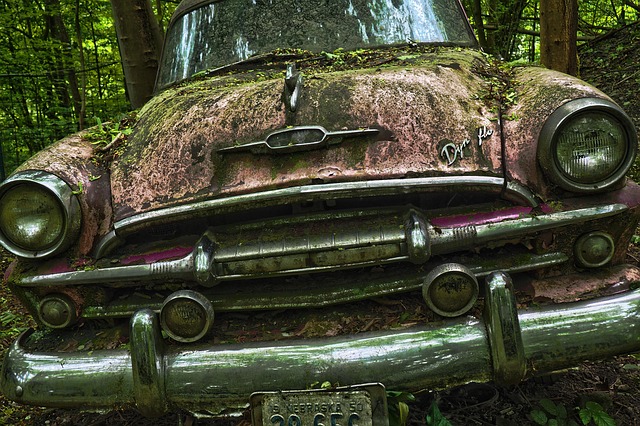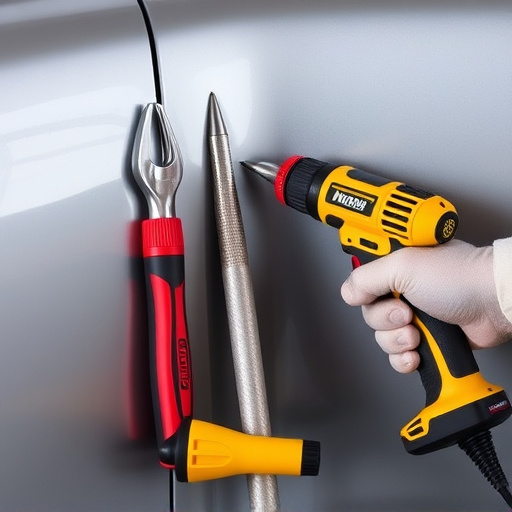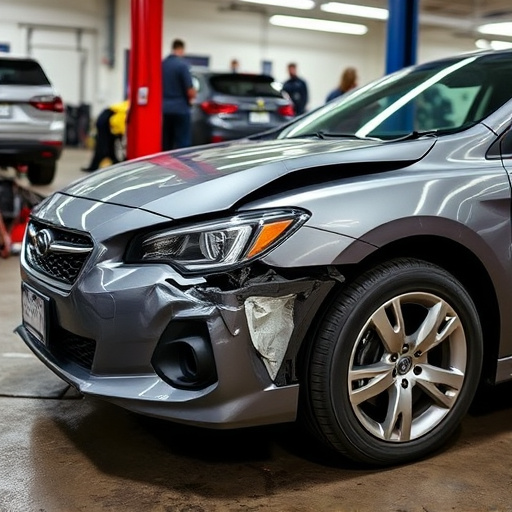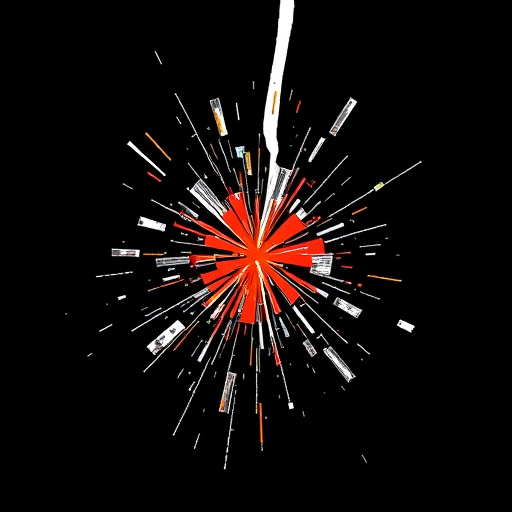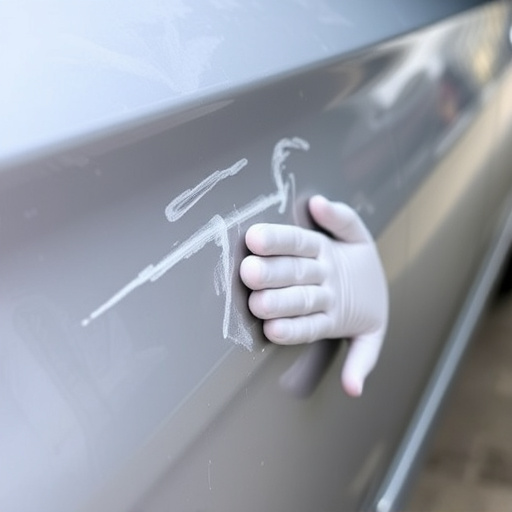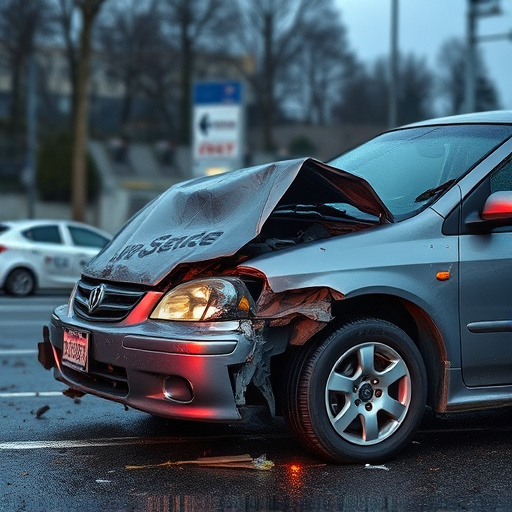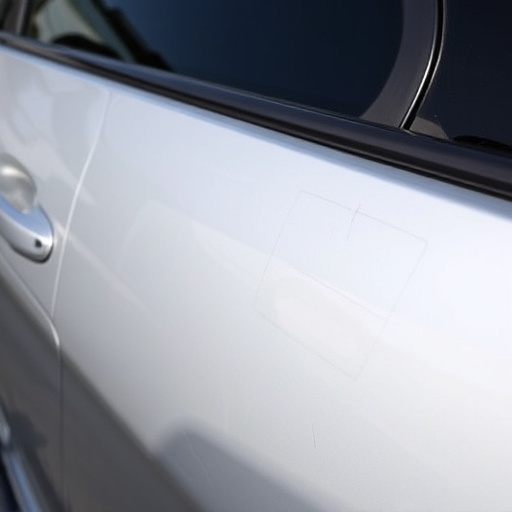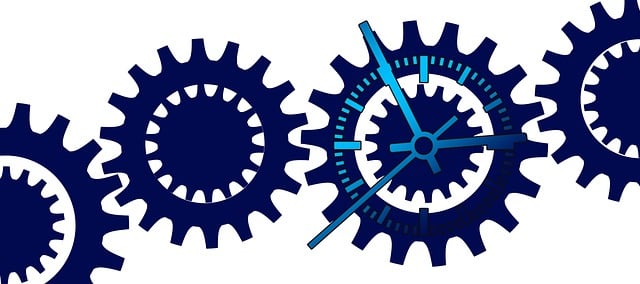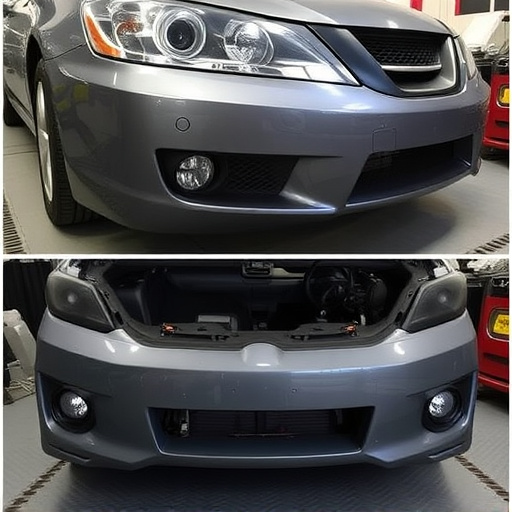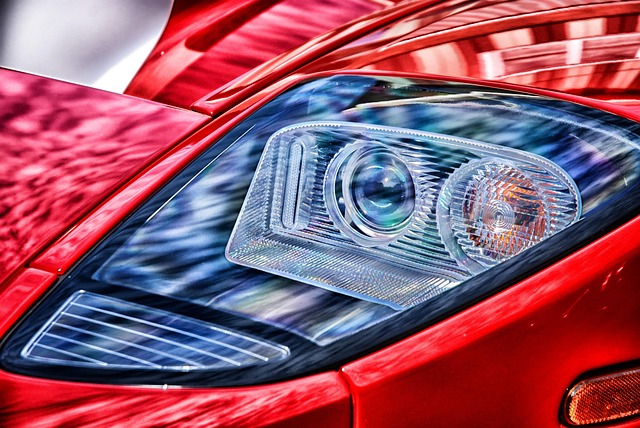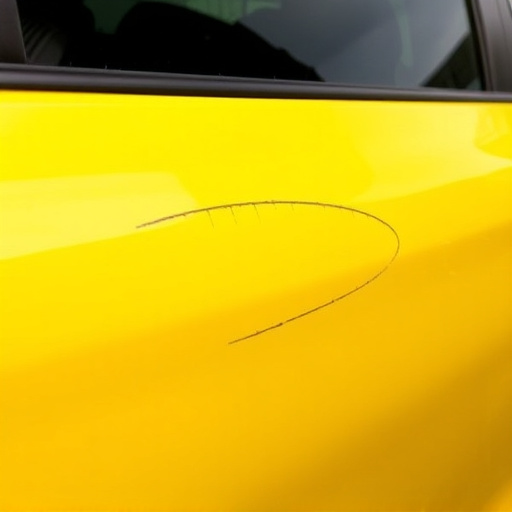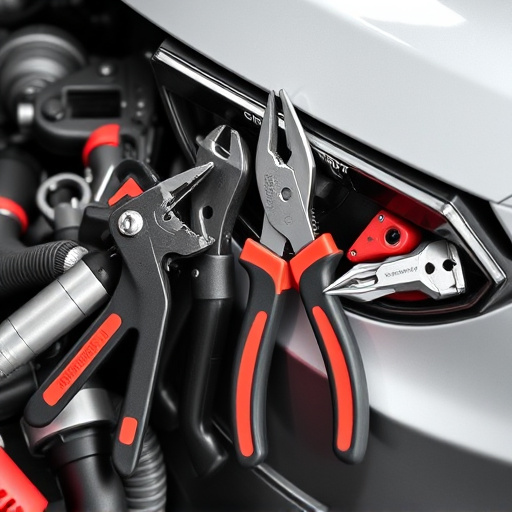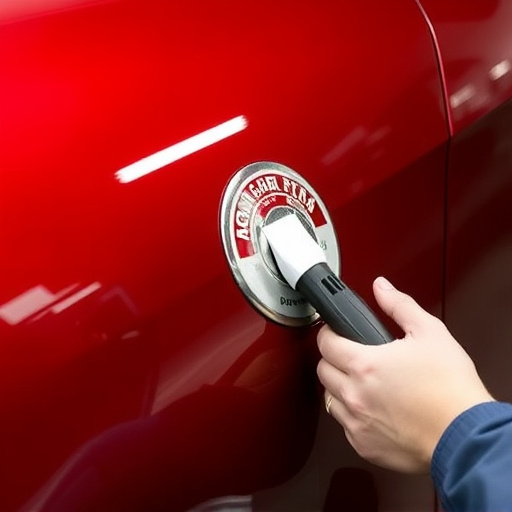After a Tesla home charger is damaged in an accident, especially with high-voltage involvement, expert automotive body work specialists are crucial for safe and effective repair. They ensure structural integrity, prevent electrical hazards like short circuits, and adhere to safety protocols for handling high-voltage lines, minimizing risks during repair and installation. Thorough testing guarantees safe operation post-repairs.
After a car accident, evaluating the integrity of your Tesla home charger is crucial. This guide delves into the critical steps of assessing charger damage, understanding high-voltage line safety, and ensuring proper repair and installation for continued safe usage. Learn how to navigate this process, adhering to safety protocols, to keep your electric vehicle charging securely at home.
- Assessing Tesla Home Charger Damage After an Accident
- Understanding High-Voltage Line Safety Protocols
- Repair and Installation Considerations for Safe Usage
Assessing Tesla Home Charger Damage After an Accident
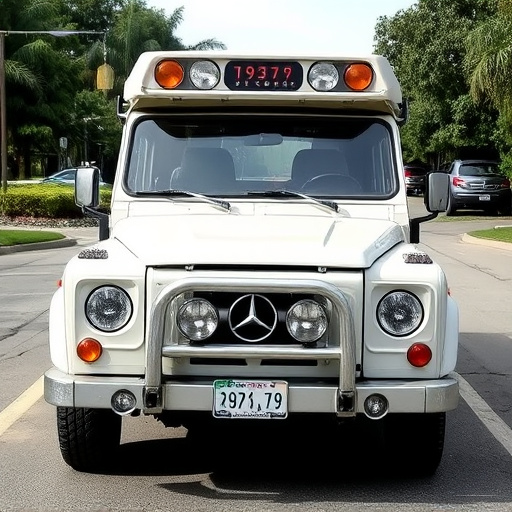
After a Tesla home charger is involved in an accident, assessing the damage is crucial to ensure safe and effective repair. The initial step involves inspecting the external components for visible signs of impact, including dents, cracks, or misalignments. These indications can give an initial understanding of the collision’s severity. However, the true extent of the damage may require a more thorough evaluation by automotive body work experts. They use specialized tools and techniques to check for hidden issues that could affect the charger’s functionality and structural integrity, such as displaced parts or internal fractures.
Given the high-voltage nature of Tesla home chargers, collision damage repair is not a DIY task. Professional luxury vehicle repair services are equipped with the necessary skills and knowledge to handle these sensitive components safely. They will assess the charger’s electrical system, ensuring no damage that could pose a risk of short circuits or other hazardous events. Proper evaluation and repair are essential to maintain the charger’s performance and prevent future accidents caused by faulty equipment.
Understanding High-Voltage Line Safety Protocols

After a Tesla home charger is involved in an accident, especially when there’s potential damage to high-voltage lines, safety protocols must be strictly observed. High-voltage lines carry significant electrical power, making them extremely hazardous if not handled correctly. In the case of vehicle restoration after an accident involving such lines, it’s crucial to involve professionals who understand both Tesla home charger mechanisms and electrical safety.
Proper evaluation by auto body repair experts is essential to ensure that any repairs or adjustments to the vehicle or charger do not compromise the integrity of the high-voltage system. This process includes meticulous inspection of all components connected to the lines, including the charger’s casing, wiring, and any visible signs of damage. Vehicle repair that doesn’t consider these safety protocols could lead to severe electrical hazards, underscoring the importance of professional auto body repairs in Tesla home charger after accident scenarios.
Repair and Installation Considerations for Safe Usage

After a Tesla home charger is involved in an accident, safety should be the top priority during both repair and installation. Proper handling of high-voltage lines is crucial; this task should only be undertaken by licensed professionals who understand the unique challenges posed by electric vehicle charging systems. In the event of damage, it’s important to consult with a collision center specializing in EV repairs to ensure all components are safely replaced or repaired.
Considerations for repair include evaluating the integrity of the charger’s casing, cables, and connectors, as well as checking for any internal short circuits or damage to sensitive electronics. An auto glass repair might be necessary if the incident has affected the charger’s transparent enclosure. Once repairs are complete, a thorough testing protocol should be followed to guarantee the charger’s safe operation. This process ensures that the Tesla home charger is ready for future use without posing potential hazards to occupants and nearby electrical infrastructure.
After evaluating the damage to a Tesla home charger following an accident and understanding high-voltage line safety protocols, it’s clear that proper repair and installation considerations are crucial for safe usage. By adhering to these guidelines, homeowners can ensure their electric vehicle charging station is not only functional but also poses minimal risk. Remember, when dealing with high-voltage systems like Tesla home chargers, prioritizing safety should always be the top priority.
